Visual interpretation Worksheets for Ages 5-6
8 filtered results
-
From - To
Looking for engaging ways to develop visual interpretation skills in young learners? Our Visual Interpretation Worksheets for Ages 5-6 offer a variety of fun, colorful activities designed to stimulate critical thinking and observational proficiency. Perfect for kindergarten and early elementary students, these worksheets help kids decipher images, recognize patterns, and understand basic visual concepts. Each activity is thoughtfully crafted to enhance cognitive development while keeping young minds entertained. Ideal for both classroom settings and at-home practice, our worksheets ensure your child builds a solid foundation in visual literacy, setting the stage for future academic success. Share, download, and start learning today!


Bugs Tally Worksheet
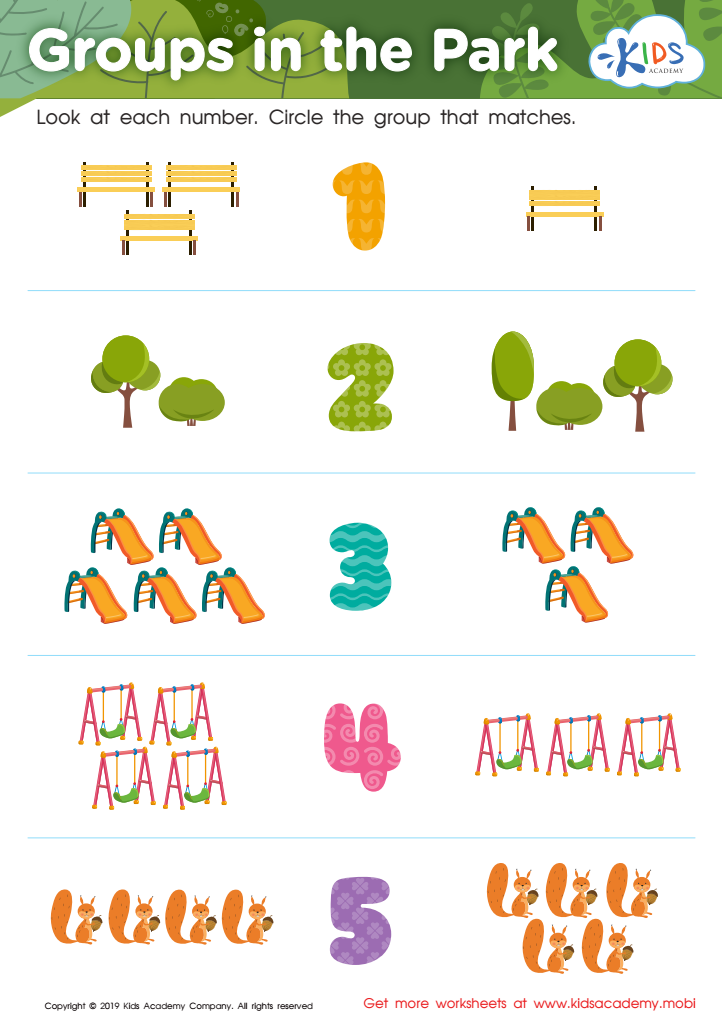

Groups in the Park Worksheet
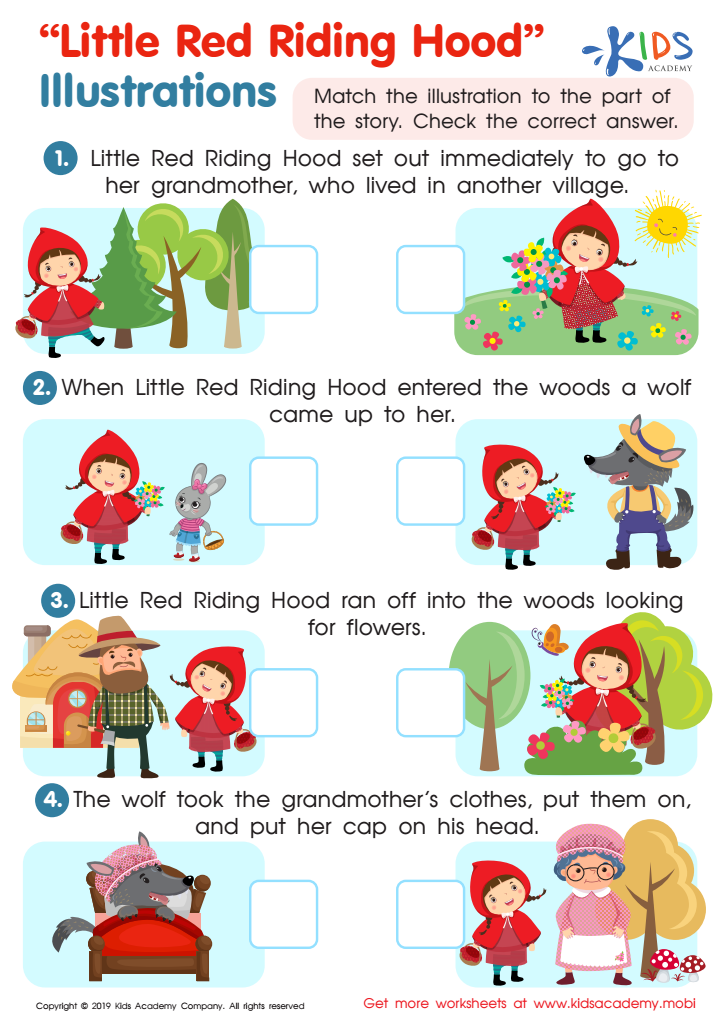

Little Red Riding Hood: Illustrations Worksheet
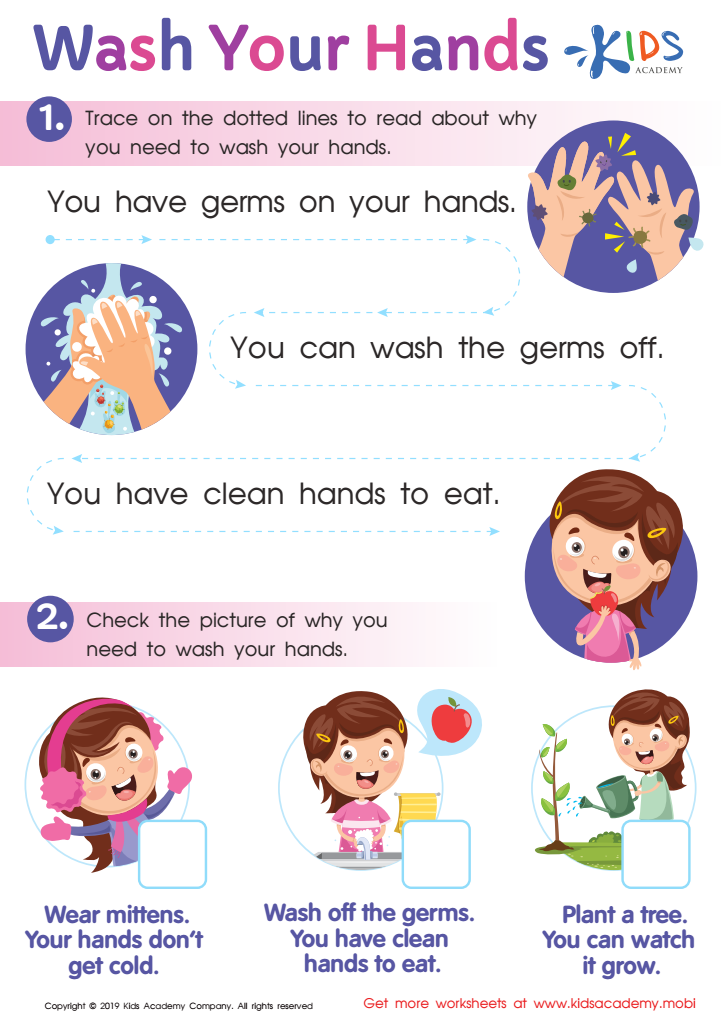

Wash Your Hands Worksheet
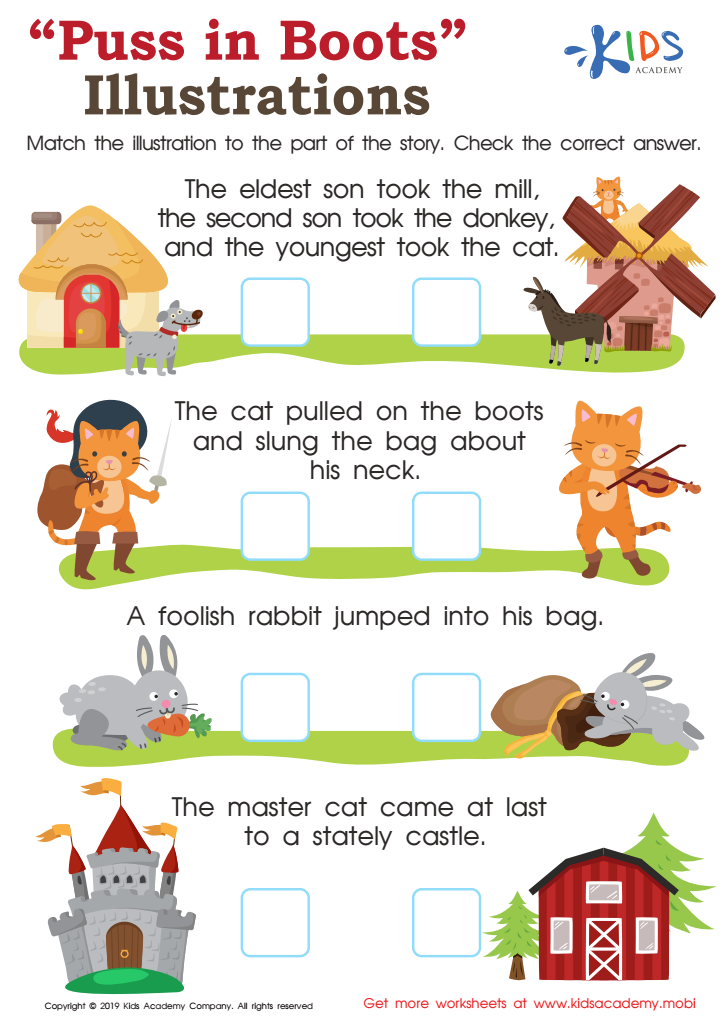

Puss in Boots Illustrations Worksheet
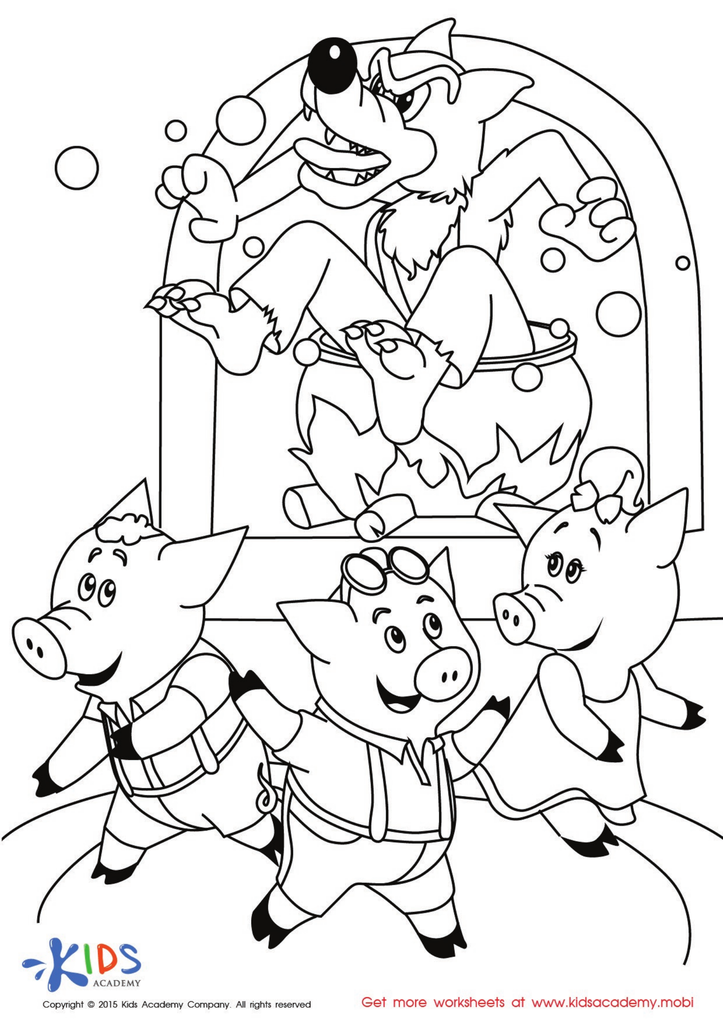

The Three Little Pigs and The Big Bad Wolf Printable
Visual interpretation is crucial for young children, especially those aged 5-6, as it significantly impacts their learning and cognitive development. At this age, children's brains are highly receptive to visual stimuli, which aid in understanding and retaining complex concepts. Visual interpretation helps them decode images, symbols, and patterns, enabling them to make sense of the world around them.
Parents and teachers should care about visual interpretation because it enhances literacy skills. When children associate pictures with words, they can better grasp the meanings and sounds of new vocabulary. It also cultivates critical thinking and problem-solving abilities. For instance, when interpreting storybook illustrations, children learn to predict outcomes, read facial expressions, and follow narrative sequences.
Moreover, visual interpretation supports emotional development. Images can convey emotions and situations that words alone may not fully express, helping children develop empathy and better communication skills. Encouraging visual interpretation also fosters creativity. Children who engage with art, puzzles, and descriptive storytelling are more likely to develop innovative thinking and artistic skills.
In summary, prioritizing visual interpretation for young learners lays a strong foundation for academic success and personal growth, making it an essential focus for parents and teachers alike.
 Assign to My Students
Assign to My Students

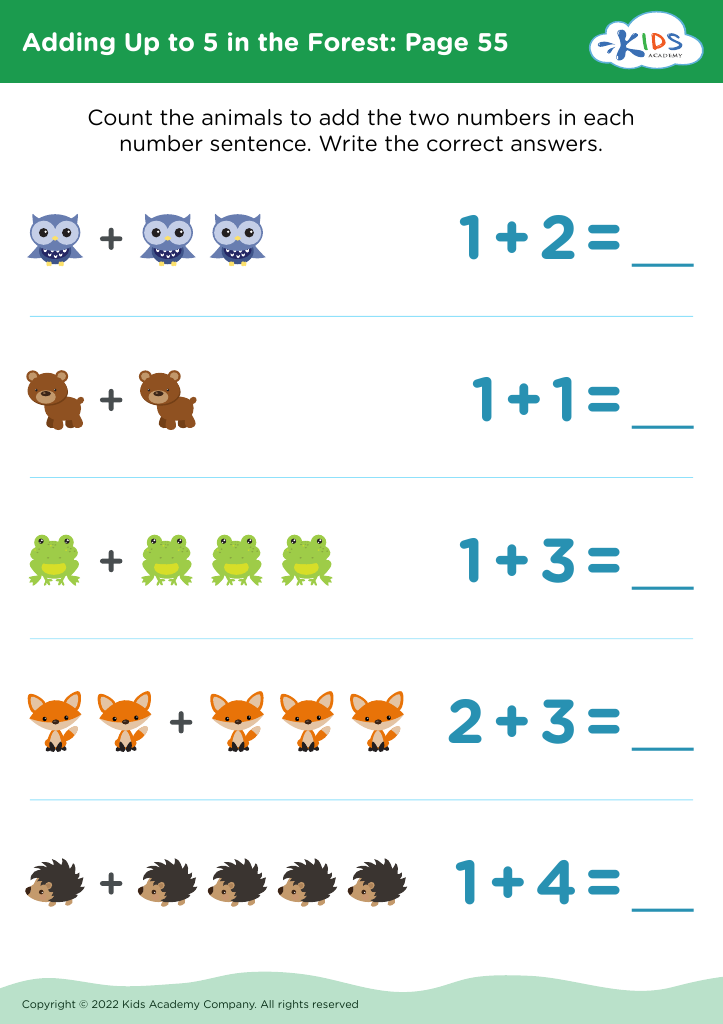

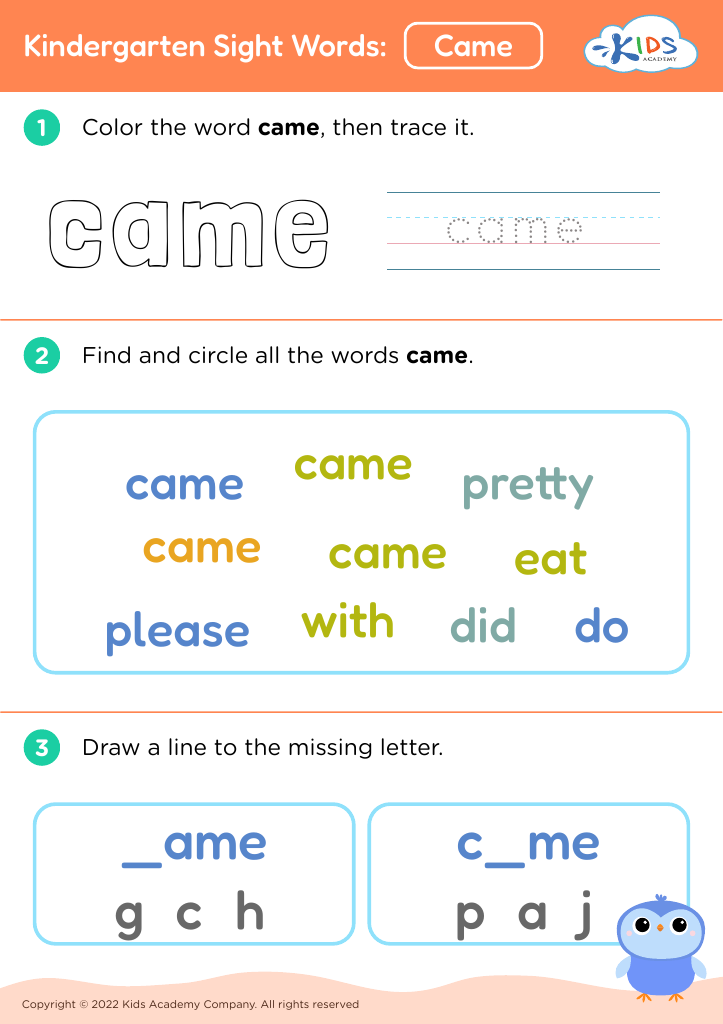




.jpg)


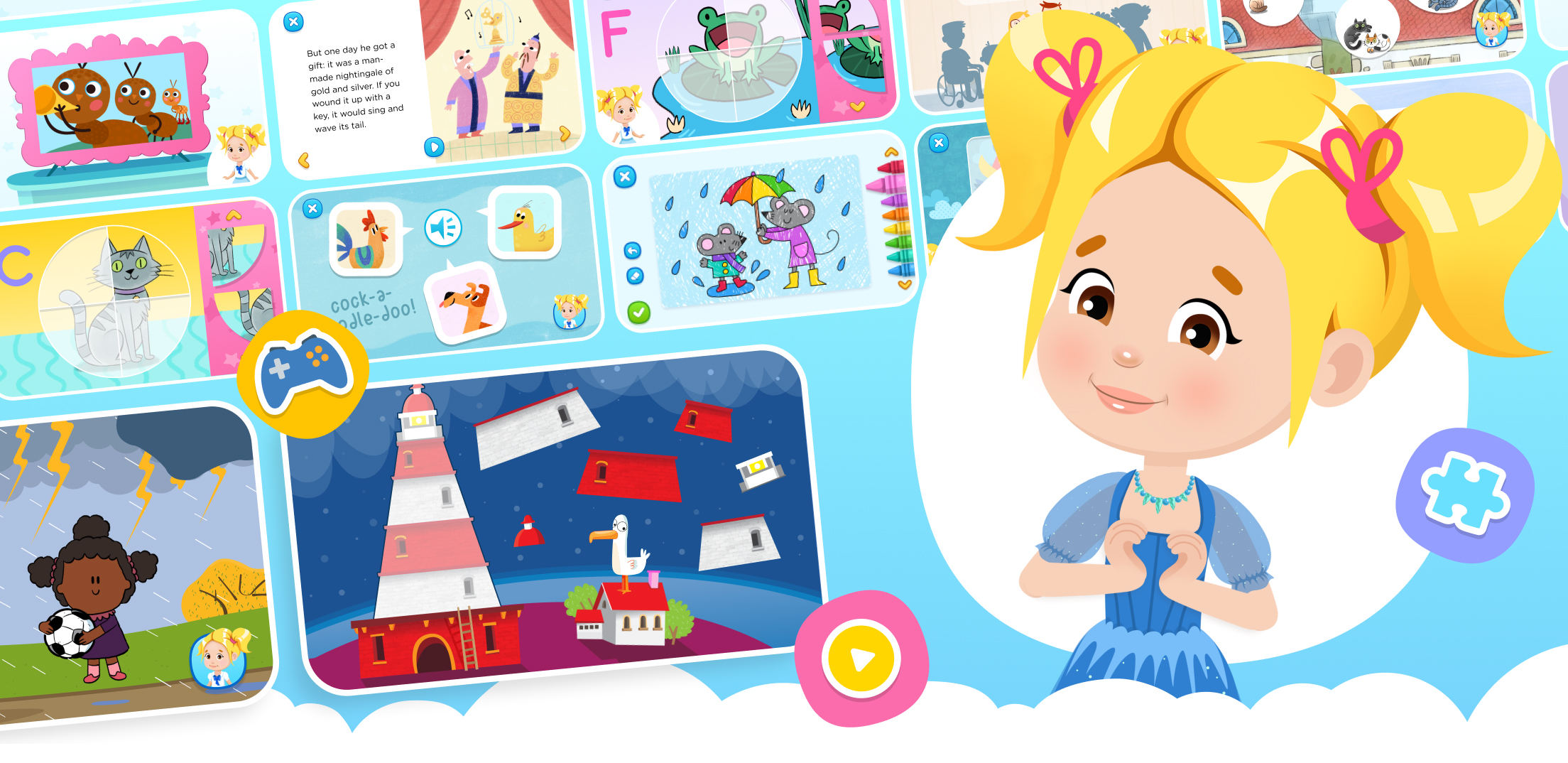
.jpg)











